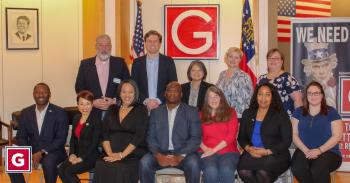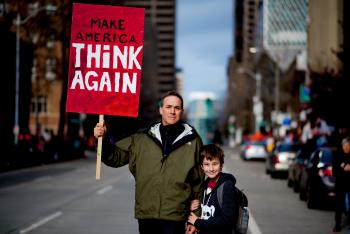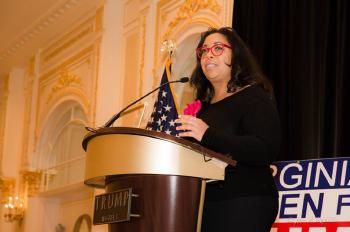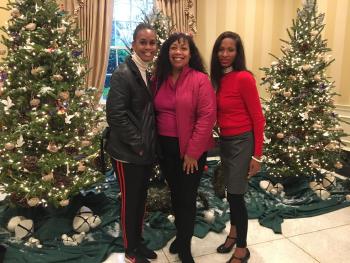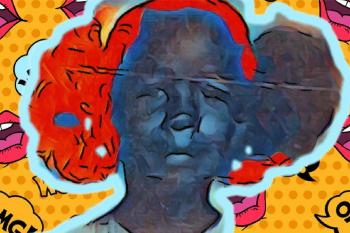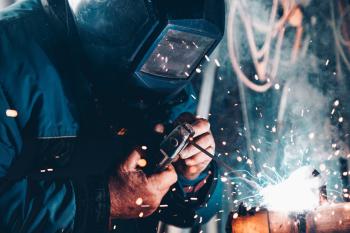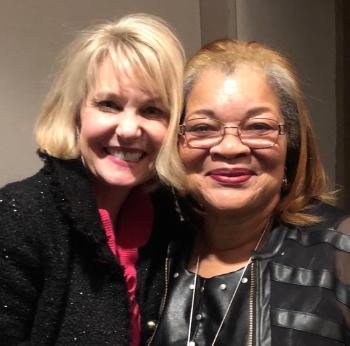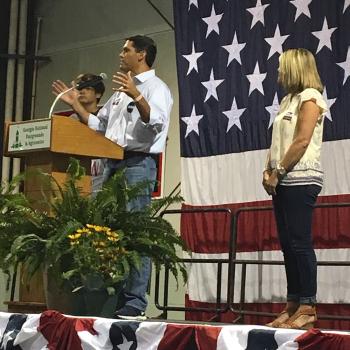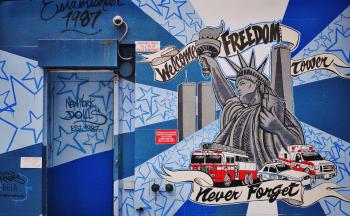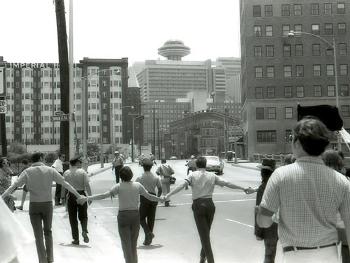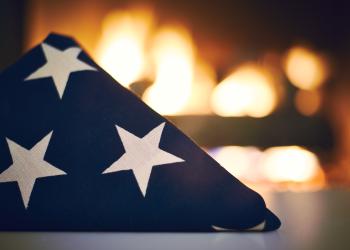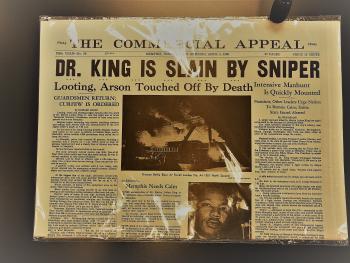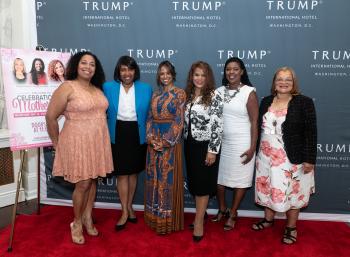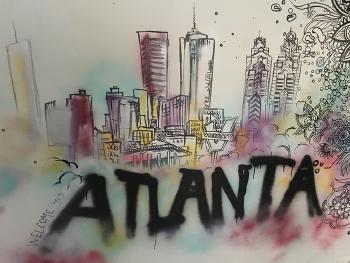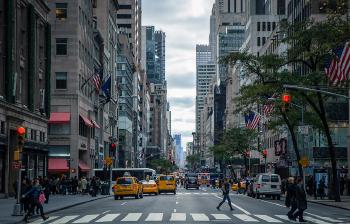One Year Later


Lisa Noël Babbage
Author, Teacher, Philanthropist
Aug. 12, 2018
There is no doubt that what happened in Charlottesville, Virginia this time last year was a tragedy. It was and is a tragedy for the family and the friends Heather Heyer knew and loved. It’s a tragedy for the community that, for a moment in time, became the epicenter of racial unrest in America. And in light of those planning anniversary rallies in Washington, D.C., the fear that remembering brings back the reality of the Charlottesville tragedy all over again.
While no words can express the sorrow for those injured by the attack on the counter-demonstrators, one thing we cannot stop doing is talking. We have to share words that work towards a solution for the fear that is at the root of this whole debate about removing monuments.
American citizens demonstrating under the umbrella term “white civil rights” are fearful of something. Perhaps they are fearful that the last bit of their cultural heritage is fading into the new America, which is now refocused its collective mindset to address disparages on a grand scale . Perhaps they are fearful that the values that they hold as life-affirming really are hateful to others. It could simply be the fear of losing a perceived advantage or identity to a group of people they don’t know how to compete with.
But the Neo-Confederates are not the only ones afraid. Ethnic minorities in the African American community are afraid. Hispanics are afraid. Muslims are afraid. New immigrants are afraid. Fear is the prevailing motive when people like those taking down monuments or driving cars into crowds run a’muck. Monuments, throughout history, have been erected by those in power to mark historical movements and social trends. As far back as the time of the Pyramids, which were built in part by Jewish slaves, those grand edifices were monuments to what was happening in Egypt at that time. But no one is protesting to remove them. Why?
It’s because the Jewish people are not afraid that they will ever be compromised by the nation of Egypt again. Thousands of years have passed since the Jewish captivity and they have let go of the fear that gripped their ancestors. But African-Americans have not let go of the fear that came with American slavery. Hispanics, who see their “relatives” still knocking on the border door have fear about deportation. Those in the LGBT community fear not having accessibility to the full benefits of citizenship. American Muslims fear racial profiling, and the list goes on and on.
Since the fear-filled reports remain so fresh in everyone’s mind thanks to constant media coverage, the fear never subsides. When Jackie Robinson joined the Brooklyn Dodgers, white ballplayers were fearful blacks would take their jobs. Once people accepted the fact that you have to work to get and keep a job, baseball was integrated. Turn the light on fear and the problem can be put into proper perspective.
Whether or not a monument stands, whether it be a monument to American slavery like a Confederate memorial, or a monument to the enslavement of other ethnic groups, like the pyramids, fear is at the root of this controversy. Fear is what causes one man to strike another down - because fear is at the root of hatred and prejudice. When you choose to love America, you do so in the knowledge that there are monuments marking our past on any given street corner. But those statues can be more than just a memory of fear, they can be a marker of how fear was overcome through unity.
